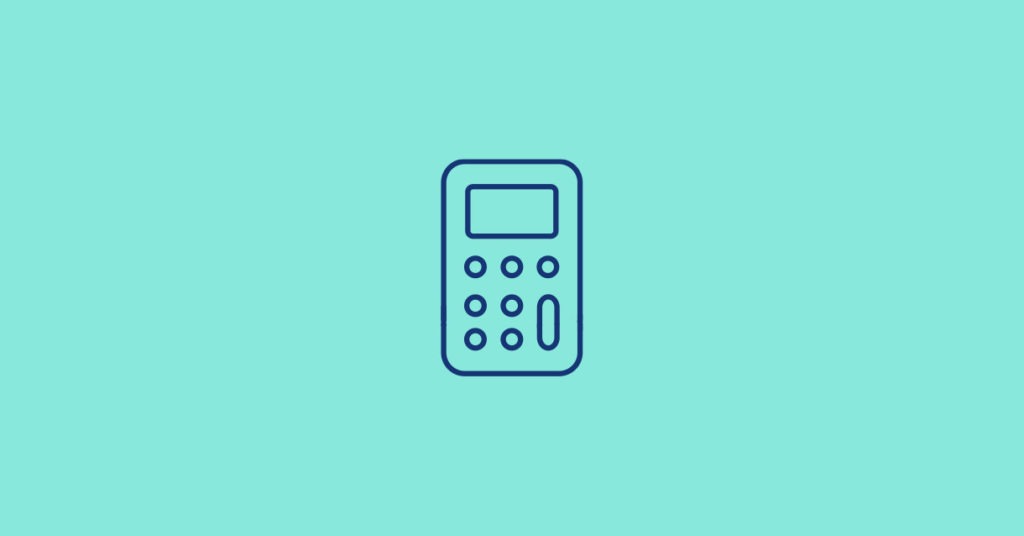You might be wondering why you need to think about your health insurance during tax season.
Since the Affordable Care Act went into effect, almost all Americans are required to have health insurance. Once tax season rolls around, you will verify if you did, or do not, have coverage the previous year.
The problem is, health insurance can be confusing on its own… before you throw taxes into the mix. Therefore, we wanted to put together a post that simplifies several key terms and processes that you should be familiar with when filing your tax return.
To make things easier, we created a free guide that highlights each type of major life change. Grab it here and save to your computer for future reference.
What’s my 1095-A and what do I do with it?
The Affordable Care Act (ACA) introduced three new tax forms: 1095-A, 1095-B, and 1095-C. 1095-A is the form relevant for individuals who purchased their health insurance through the Marketplace. The information on your 1095-A helps the government determine whether to distribute a tax credit or levy a penalty (depending on if you qualified for a subsidy). The 1095-A is mailed to you by your insurance provider in mid-February, or can be made available on your HealthCare.gov online account in mid-January. Information included on the 1095-A includes your type of coverage, how much you pay per month (premium), and any tax credits entitled to you. To verify your eligibility for a tax credit, you will need to complete Form 8962.
However, before filling out Form 8962, you must very that the information on your 1095-A is correct. Is your premium accurate? Next, you will check for your Second Lowest Cost Silver Plan. Your SLCSP is not necessarily the health insurance plan you enrolled in, but it will be listed on your 1095-A. If it’s not, here is a tool to help determine your SLCSP.
Now that you have your SLCSP amount, you are ready to complete Form 8962. This form helps you compare any premium tax credit used against any tax credit you qualify for. If you used more than you qualified for, you must pay the difference. If the inverse is true, you will receive the remaining balance as credit.
I paid full price for my Marketplace coverage. Can I still receive a credit?
What if I had coverage through another source (not the Marketplace)?
If you received coverage through another source, such as an employer, you will receive either a 1095-B or a 1095-C. Typically, this form will come from either your employer or their partnered insurance company by mid-March.
What if I didn’t have health insurance?
Recently, there has been quite a bit of news coverage regarding the Tax Bill and its implications for the individual mandate, or the fee incurred for not having health insurance. The individual mandate repeal will not take effect until 2019, meaning individuals are responsible for having insurance or paying a penalty for this tax season and the next.
If you did not have health insurance for any amount of time in the past tax year, there is a chance you have to pay a fee — with some exceptions. If you lacked coverage for less than 3 consecutive months, then you do not have to pay a fee. The fee can also be waived in certain circumstances. Use this exemption survey from HealthCare.gov to see if your situation or hardship qualifies.
If you do not qualify for an exemption and were lacking health insurance coverage for more than 3 consecutive months, then you may have to pay a fee when filing your taxes. The 2017 fee for not purchasing insurance is either 1) a fixed rate per month of $695 per adult and $347.50 per child in a given household (with a maximum of $2,085 per month) or 2) 2.5% of your annual household income. In either scenario, the penalty maximum is capped at the annual average premium for a Marketplace Bronze plan. This is pretty confusing so you can always use this calculator from the IRS to help you calculate how much you may owe based on months spent without coverage.
How does the IRS verify if I have health insurance?
The IRS receives coverage information from a combination of insurance providers, employers, and agencies that administer government-sponsored insurance. Individuals who bought their insurance on the Marketplace must accurately identify on their return if and when they and their dependents had coverage, or if they qualified for an exemption.
P.S. Don’t forget to grab our FREE guide to refer back to later.
